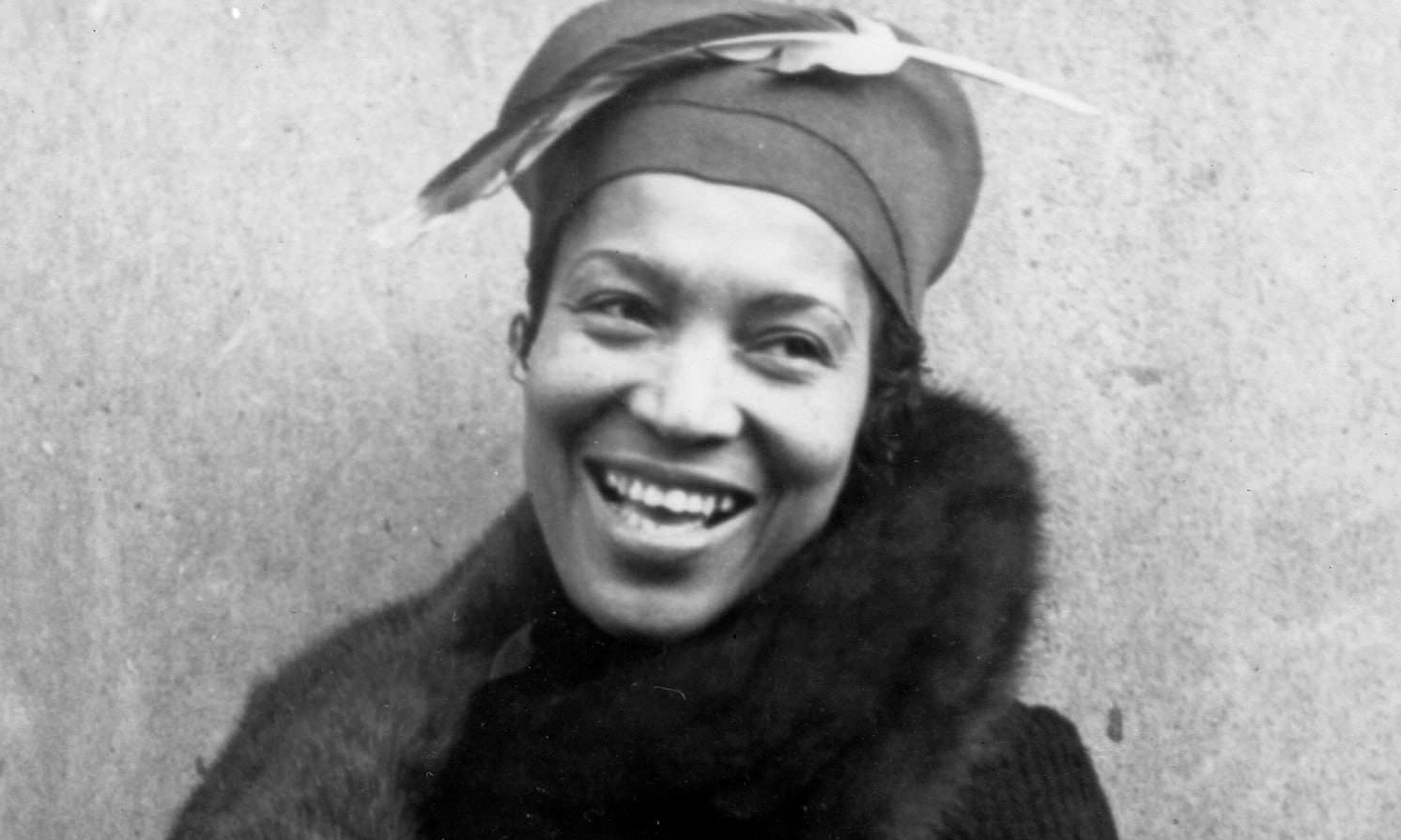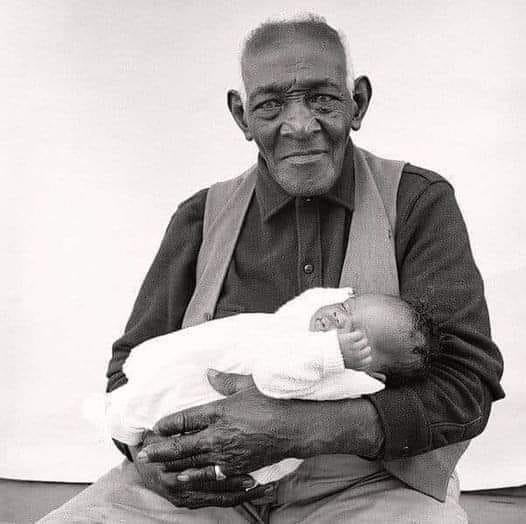On January 7, 1891, Zora Neale Hurston, novelist and folklorist, is 𝐛𝐨𝐫𝐧 in Notasulga, Alabama. Although at the time of her death in 1960, Hurston had published more books than any other Black woman in America, she was unable to capture a mainstream audience in her lifetime, and she died poor and alone in a welfare hotel. Today, she is seen as one of the most important Black writers in American history.

Hurston’s family moved to Eatonville, Florida, an all-Black town, not long after she was 𝐛𝐨𝐫𝐧. The daughter of a Baptist preacher, Hurston had little contact with white people until her mother’s death in 1904, when Hurston was 13 years old. Until her teens, Hurston was largely sheltered from racism.
Harlem Renaissance
A talented, energetic young women with a powerful desire to learn, she didn’t finish high school but prepared herself for college and excelled at Howard University. In 1925, she moved to New York, where she became a central figure in the Harlem Renaissance. High-spirited, outgoing, and witty, she became famous for her storytelling talents. She studied anthropology with a prominent professor at Barnard and received a fellowship to collect oral histories and folklore in her home state. She also studied voodoo in Haiti.
In 1931, she collaborated with Langston Hughes on the play Mule Bone. Her first novel, Jonah’s Gourd Vine, featuring a central character based on her father, was published in 1934. Mules and Men, a collection of material from her research in oral folklore, was published in 1935 and became her bestselling work during her lifetime-but even so, it earned her only $943.75.
In 1937, she published Their Eyes Were Watching God, the story of a Black woman looking for love and happiness in the South. The book was criticized at the time, especially by Black male writers, who condemned Hurston for not taking a political stand and demonstrating the ill effects of racism. Instead, the novel, now considered her masterwork, celebrated the rich tradition of the rural Black South. Hurston’s work remained uplifting and joyful despite her financial struggles.
She published a memoir, Dust Tracks on a Road, in 1942. Hurston worked on and off as a maid near the end of her life, and she died in poverty in 1960. In the 1970s, her work, almost forgotten, was revived by feminist and Black-studies scholars, and an anthology, I Love Myself When I Am Laughing…And Then Again When I Am Looking Mean and Impressive, was published in 1979.





